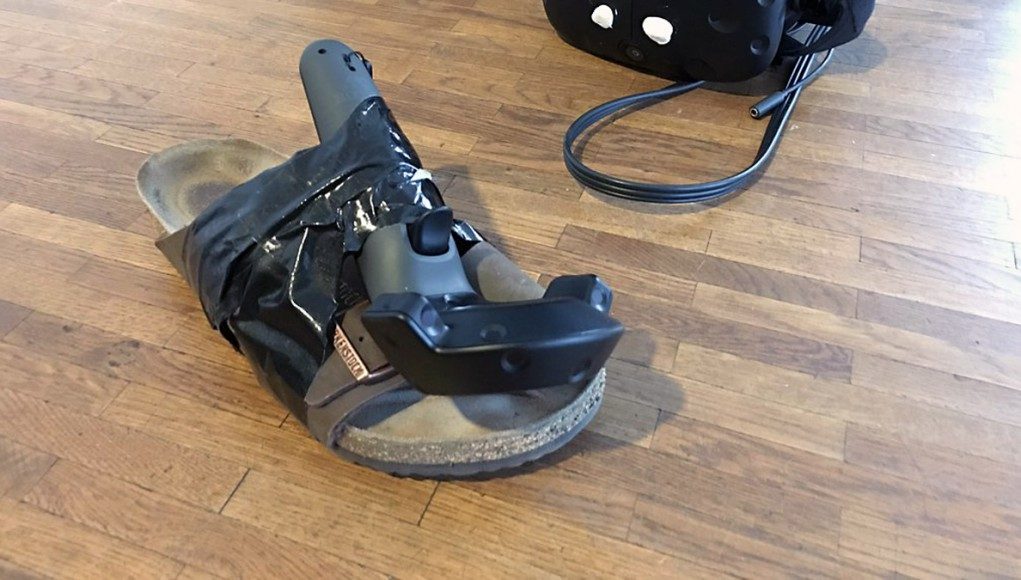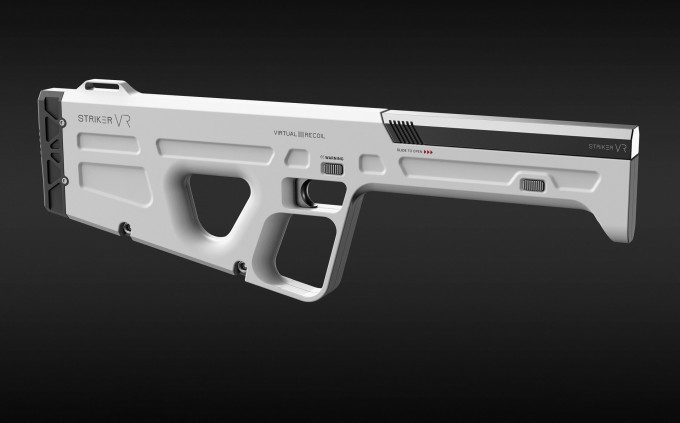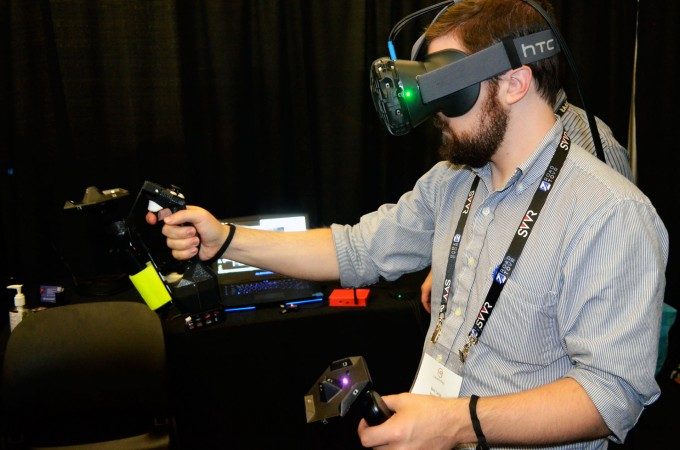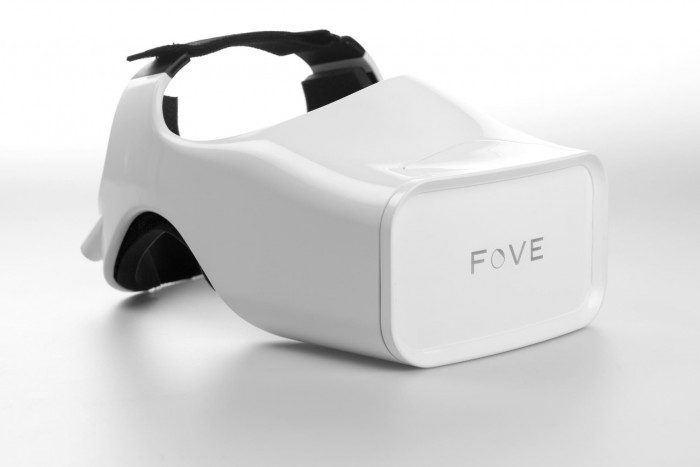Both Oculus and Valve have gone on the record to say that they’d be opening up their respective tracking systems for third-parties to make use of, but after a year, neither company is ready to talk specifics.
So called ‘6DOF’ (degrees of freedom) tracking is critical to virtual reality. VR systems need to know where your head is and precisely how it’s moving through space in order to render a virtual world which moves around you as you would expect to see in real life. 6DOF tracking is also important for adding motion input to allow users to effortlessly interact with the virtual world.
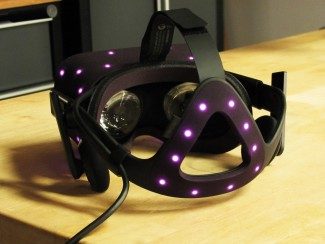
Between the top desktop platforms, two leading systems have emerged. Oculus’ ‘Constellation’ tracking uses an array of IR-LEDs tracked by an external camera while Valve/HTC’s ‘Lighthouse’ system uses an array of photodiodes to track lasers emitted from two base stations.
But extending those tracking systems beyond the head and hands has a wide range of uses; tracked third-party peripherals could open up a world of new opportunities for VR interactivity. One major use-case is simply mirroring the virtual item—be it a bat, golf club, sword, etc.—to the real object that the player is holding. This enhances immersion because not only is the object shaped and held just as it would be in real life, but the user benefits from all the expected forces like weight, leverage, and momentum from the object’s mass.
StrikerVR, for instance, is creating a VR gun peripheral which includes a powerful force feedback module so that it doesn’t just feel like the player is holding a gun, but it feels like the gun is actually firing when the trigger is pulled.
Third-party controllers with features that go beyond the first-party offering would also be viable with access to an established tracking system. Tactical Haptics, for instance, is creating a VR controller with ‘Reactive Grip’, a unique haptic solution which can create feedback not possible with rumble alone.
Not to mention other VR headsets; FOVE, a Japanese firm making a headset with integrated eye tracking, had to renege on a Kickstarter promise to use Lighthouse tracking, instead opting to build their own tracking system for the time being.
But companies like these—which would prefer to tie their devices into the existing tracking systems rather than create a redundant tracking system of their own—have been stymied by a lack of communication by Oculus and Valve regarding their plans for third-party access of Constellation and Lighthouse.
Both companies have gone on record to say that they plan to open up their tracking systems, but have been extremely tight-lipped about timelines or specifics. I checked in with both companies recently and was told that there were ‘no details to share at this time’.

